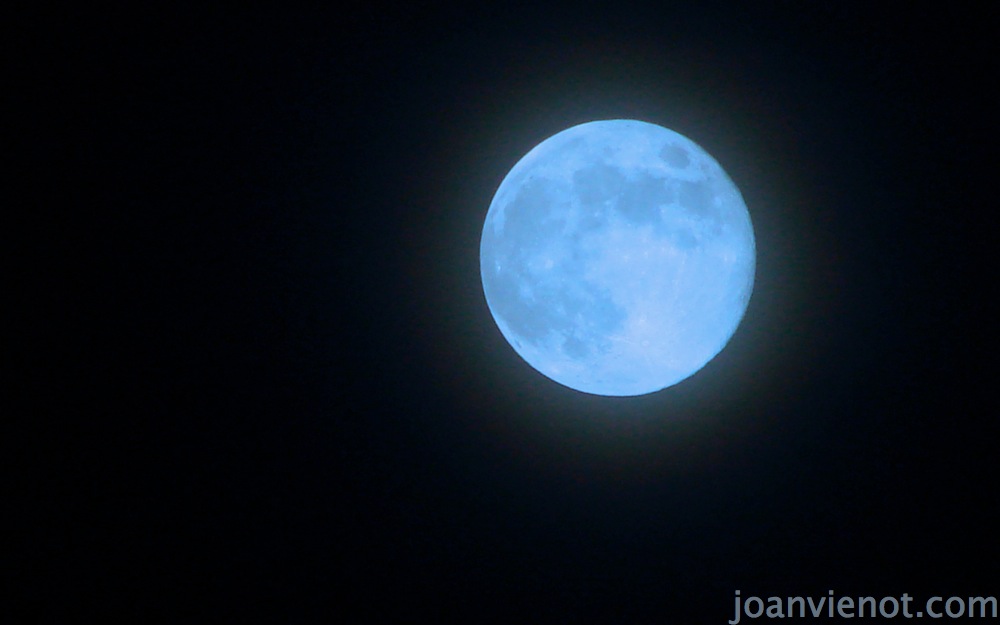
 A professional photographer composes and controls his or her image. The styling, positioning, and lighting are planned to the nth degree. But today, almost everyone can be a photographer, capturing those elusive moments in time without necessarily planning any part of of the photo.
A professional photographer composes and controls his or her image. The styling, positioning, and lighting are planned to the nth degree. But today, almost everyone can be a photographer, capturing those elusive moments in time without necessarily planning any part of of the photo.
If you have a cell phone today, then chances are it has a camera. I’d like to encourage you to use it, and not merely to record events as cameras traditionally have been used, but also to start documenting visual imagery that you find interesting. There is probably no better way to become more aware of our visual world than by capturing bits and pieces of it, and nothing is more immediate than a camera image. Much of what becomes your camera sense simply starts out as what you feel comfortable with, whether capturing elements of design – line, shape, size, position, color, texture, density – or elements of composition – balance, rhythm, and harmony. As for me, my sense of composition is somewhat instinctive, not something I can put words to, so that my photographic decisions are mostly about positioning myself so that light hits the subject in an interesting way. Certainly, I know about the rule of thirds, and a few other compositional tricks, but in a complex composition such as the one pictured here, the rules of what not to do probably outweigh the rules of what to do.
To enhance the dramatic lighting and create a vintage effect, I used an app called Hipstamatic, with my favorite lens, Roboto Glitter, on Float film. The result is a mostly dark image with overexposed whites tending towards yellow, anda few turquoise highlights. The border is black. In an image with more light, the edges of this film would look spotty, sort of mildewed.
I watermarked this image with my website name, in the lower right corner, and probably should do that more often, particularly when I post something on social media. Facebook makes it very easy for someone to download an image onto his own computer, and then re-upload it, which then drops the attribution to the original photographer. If people simply “share” the image, the photographer’s name remains on the image information, but if downloaded and re-uploaded, the attribution is lost. This particularly offends me when someone uses one of my images on their own website. I post a lot of paddling photography, and tag many standup paddleboarders, so they might have their website developer use one of my images of them racing or doing some activity on a paddleboard. I don’t think people realize that images are copyrighted from the moment they are made, and that you cannot use an image without permission. If asked, I always have given permission for my photography to be used on someone’s website, but I ask the person to give me written credit. I have given only two of my best friends cart blanche permission to use my images with or without attribution.
A good photographer makes a shot look spontaneous and easy, but even if posted on social media, that doesn’t mean the image is public and free for the taking.




 I know I really need to watermark my photography and art that I am posting on the internet, even including work posted here on my blog. I was reminded of that last week when graphic artist and printer Alison Bailey, of
I know I really need to watermark my photography and art that I am posting on the internet, even including work posted here on my blog. I was reminded of that last week when graphic artist and printer Alison Bailey, of 


